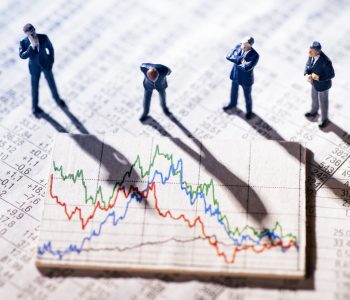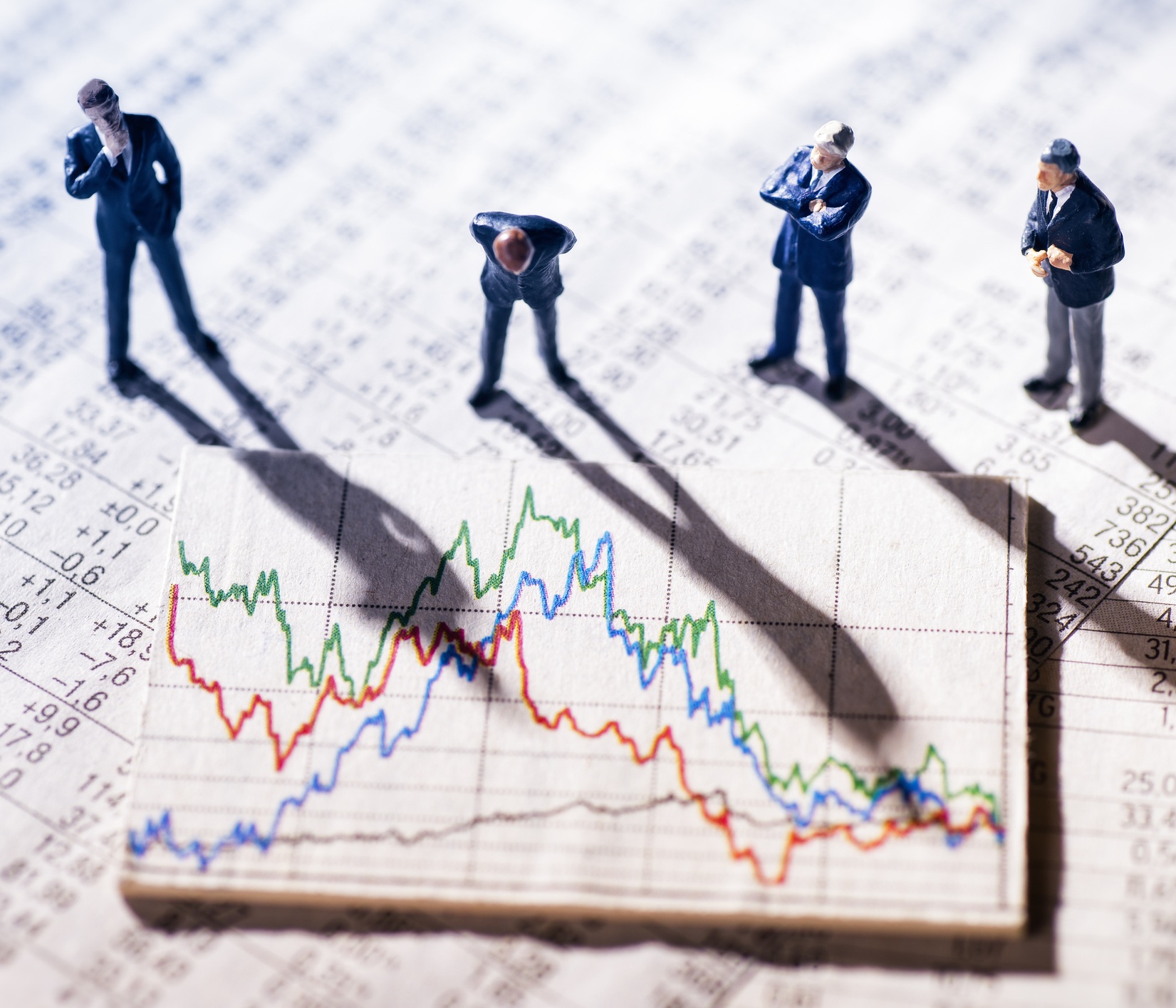Retire 15x Richer with Dividend Stocks

The Case for Dividend Stocks
Dividends represent “a triumph of short-term thinking,” wrote Vox executive editor Matthew Yglesias. “Bad for the economy, bad for business, and surprisingly unfavorable to investors. A barbarous relic of a less financially sophisticated era.” (Source: “Dividends Are Evil,” Slate, December 13, 2013.)
“When [companies] pay a dividend, they are admitting they have nothing better to do with their money. If they won’t invest in themselves, why should I?” wrote tech investor Andy Kessler in a Wall Street Journal op-ed. “Dividends don’t create economic growth. Failing companies just bribe investors with dividends. Encourage companies with a future to invest in their operations, seeking high returns. If all that mattered were dividends, we would still be investing in railroad stocks.” (Source: “I Hate Dividends,” The Wall Street Journal, December 30, 2002.)
Ouch! If the quotes above provide any indication, income investing has fallen out of favor in the past decade or so. Why bother with long-term thinking when you can hit it big on the next crypto-thingamajig? While dividend stocks once reigned supreme, new tech has replaced old-economy fuddy-duddies.
Wall Street sure likes it that way. Dividends paid out to shareholders, after all, don’t generate any investment banking fees. And media elites on the coast have always held their noses at quiet, profitable Midwest firms.
I don’t like this mentality. Sure, income stocks don’t make for the best discussions. But far from a barbarous relic, dividends can pay off for the patient investor.
It’s odd that Kessler takes a swipe at railroads. Wall Street has ignored this industry since Kennedy sat in the White House. Truckers ate into their freight business and airlines stole their passengers.
Here’s the thing: railroad stocks have crushed the S&P 500 over the past 60 years—and by quite a considerable margin, at that. While new companies came and went, railroads just chugged along, earning profits, buying back stocks, and paying out higher dividends each year.
Financial analyst Jeremy Siegel calls this phenomenon the “growth trap.” For his book The Future for Investors, Siegel studied the last few decades of stock market data. He found that the original companies in the S&P 500 since 1957, as a group, have beaten new firms added by the index over the years. In other words, the tried and true has beaten the bold and new. (Source: Siegel, Jeremy, The Future for Investors: Why the Tried and the True Triumph Over the Bold and the New, New York: Crown Business, 2005.)
How can we explain this? Expectations. Investors usually bid up the share price of hot tech stocks. Often, they do this to such an extent that it doesn’t offer much upside for stockholders. If the underlying companies knock it out of the park, investors earn so-so returns. If the new technology fails to catch on in the marketplace, shareholders get clobbered.
Analysts, in contrast, usually ignore old-economy stocks. Because they usually have limited growth prospects (at least over the next quarter or so), they often trade at modest valuations. So in the event business does even slightly better than expected, the share price of these companies can soar. That’s why names like Chevron Corporation (NYSE:CVX), Clorox Co (NYSE:CLX), and Union Pacific Corporation (NYSE:UNP) often deliver the best returns over time.
History shows dividend stocks tend to outperform too. Dividend-paying stocks delivered a nearly 15-fold better return than their non-dividend-paying peers between 1972 and 2014, according to a recent study by Ned Davis Research, Inc. Moreover, a portfolio of dividend stocks accomplished this feat with far less volatility. (Source: “The Power of Dividends Past, Present, and Future,” Hartford Funds, last accessed March 9, 2018.)
The study showed that $100.00 invested in a portfolio of large U.S. stocks in 1972 grew to nearly $2,628 by the end of 2016. That sounds okay, until you compare that return to a portfolio of dividend growth stocks over the same period. That same $100.00 grew to $6,973.
In fact, non-dividend payers—the group that guys like Kessler and Yglesias love so much—represented one of the worst-performing groups. A $100.00 investment in non-dividend-paying stocks at the beginning of 1972 grew to only $289.00 over the same period. That comes out to a compound annual growth rate (CAGR) of less than three percent each year.
| Average Returns of S&P 500 Index Stocks by Dividend Policy (1972–2016) | |
| Dividend Policy | Annual Return |
| Dividend Growers & Initiators | 9.89% |
| Dividend Payers | 9.09% |
| Equal-Weighted S&P 500 Index | 7.52% |
| No Change in Dividend Policy | 7.37% |
| Dividend Non-Payers | 2.39% |
| Dividend Cutters & Eliminators | -0.44% |
(Source: Ibid.)
Who doesn’t love growth? Who doesn’t love excitement? Who doesn’t love setting out on a new frontier and shooting for something big?
The problem? When executives have too much cash, they tend to blow it. Managers tend to overpay for acquisitions or expand into industries they have no business operating in. But when they have to come up with a dividend payment each quarter, it enforces some discipline. And that results in better returns for shareholders over time.
Legendary investor Peter Lynch called it his “bladder theory” of corporate finance. The more cash that builds up in the treasury, the greater the pressure to piss it away. It’s far better, therefore, to pay out excess money to shareholders.
But what about the economy? Dividend gadflies see payments as a kind of financial black hole, an activity that destroys money, where productive capital disappears into oblivion.
Of course, distributions just move cash around. Investors pay about one-fifth of each dividend payment as taxes, which fund government social programs. Investors spend some of these payments in the general economy, which increases demand for goods and services. And, of course, shareholders reinvest the remaining payments in the stock market, which funds the next generation of exciting businesses.
Procter & Gamble Co (NYSE:PG), for instance, generates far more cash than it needs each year to sustain its business. Critics will say that management should reinvest these funds in new factories or expand into emerging industries.
But does America really need more toothpaste, laundry detergent, or paper towels? Should the makers of “Tide” really get into the electric car business? It makes far more sense to milk existing operations, pay out dividends to shareholders, and let investors figure out where to put the money.
In other words, the stock market acts like a giant capital recycling machine. Cash paid out by old companies like Johnson & Johnson (NYSE:JNJ), 3M Co (NYSE:MMM), and Altria Group Inc (NYSE:MO) doesn’t disappear. It funds the next round of innovative businesses like Tesla Inc (NASDAQ:TSLA), Facebook Inc (NASDAQ:FB), and Alphabet Inc. (NASDAQ:GOOG).
So sorry Yglesias, sorry, Kessler, and sorry Wall Street.
Dividends make for a smart investment strategy.











